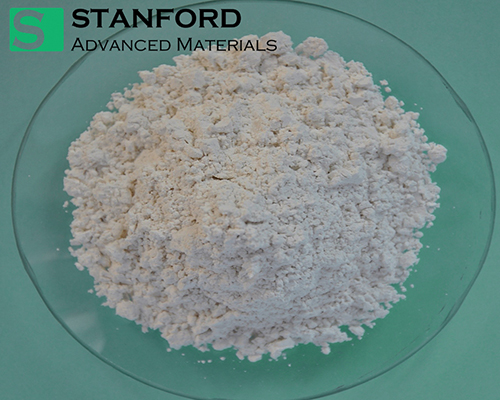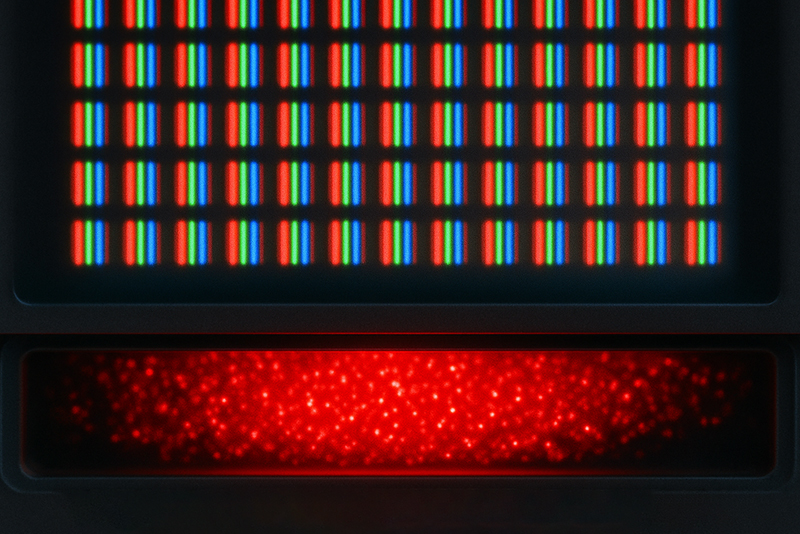Nano gadolinium oxide (Gd₂O₃), being an advanced material, has gained wide attention in various scientific and technological fields. Some of its most exciting properties are high thermal stability, magnetic and electrical characteristics, and as such, nano gadolinium oxide has become a key agent for a multitude of applications, including optics, electronics, and nuclear medicine. Properties of nano gadolinium oxide, together with applications in a contemporary revolutionary sense, are here discussed.

Nano gadolinium oxide possesses several superior physical and chemical properties that make it more important. Some of these include:
Nano gadolinium oxide is one of the most promising applications for optical materials. Its optical and magnetic properties make it very ideal for:
What's more, it has good prospects as a material for fluorescent sensing. Gadolinium oxide nanoparticles have unique optical properties that make them good at boosting fluorescence. This helps to make different sensing devices work better. These devices are used to diagnose medical conditions through imaging keep an eye on the environment, and even analyze chemicals. Also, its use as a contrast agent in nuclear magnetic resonance (NMR) imaging is an additional testament to its value in the medical field.
Nano gadolinium oxide is on the forefront in the electronics industry because it possesses the ability to improve electronic device performance. It has some of its primary applications as follows:
Also, Gd₂O₃ has proven helpful in X-ray imaging screens. It boosts X-ray sensitivity in imaging devices, resulting in clearer and more accurate diagnostic pictures.
Gadolinium oxide is an excellent radiation shield due to its strong attenuation of neutrons. This special property makes it a clear environmental improvement over traditional lead-based shields, which are harmful to health and the environment.
In summary, nano gadolinium oxide (Gd₂O₃) is a material with broad uses across numerous industries. From its function in the enhancement of optical materials and advancement of electronic devices to its future uses in transforming nuclear radiation shielding, Gd₂O₃ is well on its way to proving itself as an extraordinary material. As research and development continue, we can only expect that even more creative applications for this incredible substance will be discovered.
For those who are interested in investigating the possibilities of nano gadolinium oxide in different applications, companies such as Stanford Materials Corporation (SMC) provide a variety of products and resources to aid further research and development.
Eric Loewen
Eric Loewen graduated from the University of Illinois studying applied chemistry. His educational background gives him a broad base from which to approach many topics. He has been working with topics about advanced materials for over 5 years at Stanford Materials Corporation (SMC). His main purpose in writing these articles is to provide a free, yet quality resource for readers. He welcomes feedback on typos, errors, or differences in opinion that readers come across.

 Inquiry List
Inquiry List


